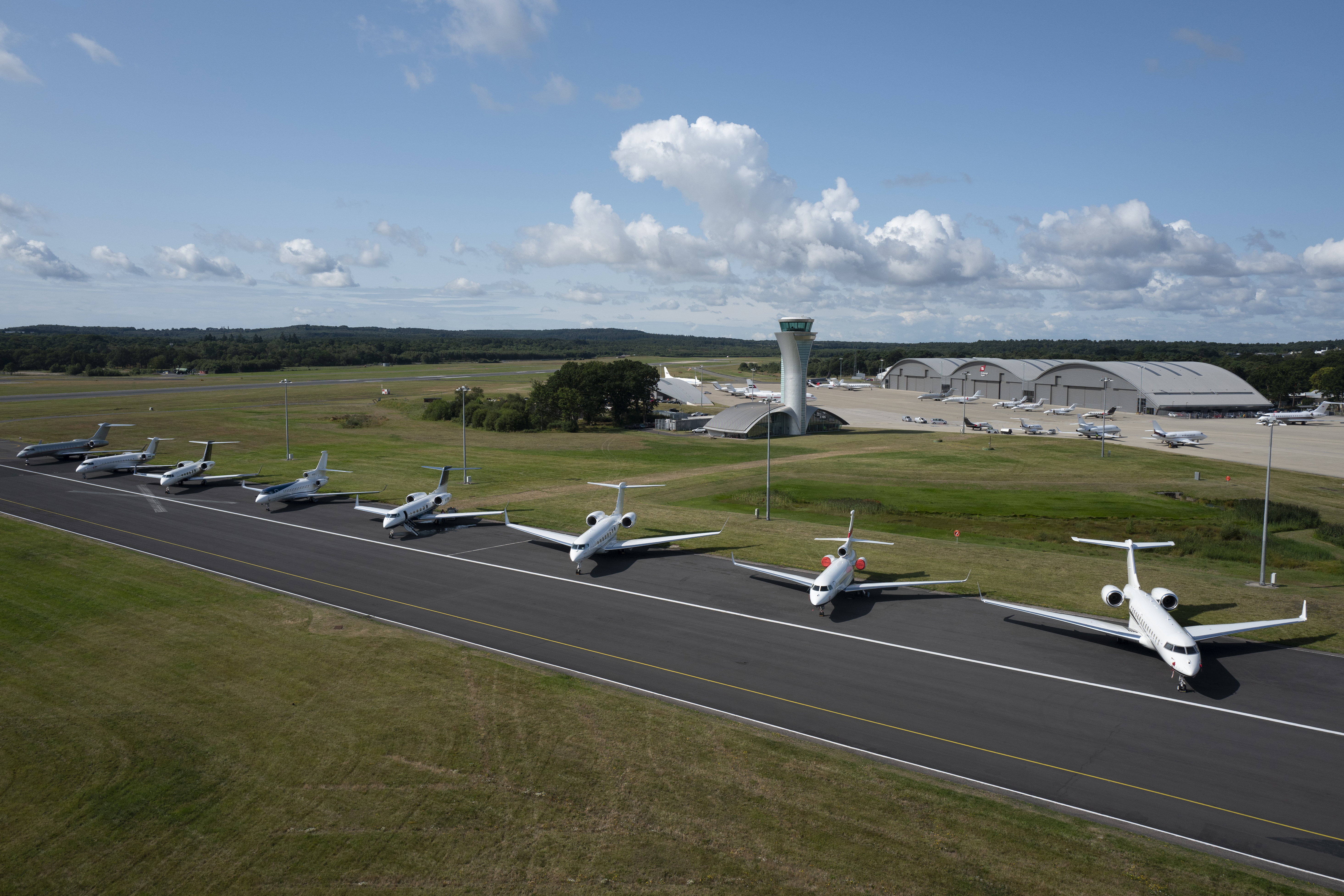Click Here to View This Page on Production Frontend
Click Here to Export Node Content
Click Here to View Printer-Friendly Version (Raw Backend)
Note: front-end display has links to styled print versions.
Content Node ID: 418862
Efforts by the European Union (EU) to develop a high-level framework for the integration of drones and other autonomous aircraft into the airspace have drawn broad support from the aviation community. However, 14 organizations representing a cross-section of the industry are appealing to EU member states to iron out a number of issues related to airspace management, communications, infrastructure, liability, and costs.
The “We are all ONE in the sky” group—including commercial airlines, business aviation, general aviation, air traffic control, and pilot organizations, among others—issued an open letter to EU member states on January 25, calling the UAS traffic management, or U-Space, the latest draft of the regulation “an important first step in establishing a performance-based and risk-based regulatory framework."
But the letter adds that more needs to be done to address several areas of concern. Specifically, the letter cautioned on the EU’s concept of a dynamic reconfiguration of airspace between U-Space and air traffic management. “Our operational experience shows that, even with different categories of manned operations, segregating the airspace further does not necessarily mitigate the safety risk and the associated disruption to operations,” the organizations said.
They added the EU should define an appropriate tactical separation management service to prevent collision between manned and unmanned aircraft and stressed that a “fully supported technical concept” will be necessary to ensure manned aviation does not face airspace restrictions every time a drone flies out of the line of sight of its operator.
In addition, the organizations pushed for a common information service that falls under the responsibility of a designated, certified Common Information Service Provider and acts as the single point of access, information exchange, and coordination.
Also, regulators must address concerns surrounding the infrastructure needs to provide traffic information services at low altitude, particularly in states that have a significant amount of uncontrolled airspace, they said. The organizations pointed to new surveillance and communication infrastructure technology that could enhance coverage but said a lack of European performance requirements both on the air traffic and airborne equipment side hamper such technologies.
The groups further expressed concern over ambiguities surrounding responsibilities and liabilities among the air traffic management and service providers and called for an impact and cost assessment. “The cost of integration shall not be borne by the already existing/operating airspace users, gliders, helicopter, and airplane pilots or their passengers but, in fact, should be covered by the drone operators to whom the services are offered,” they said.
In addition, the groups are encouraging further cooperation between the manned and unmanned sectors.
